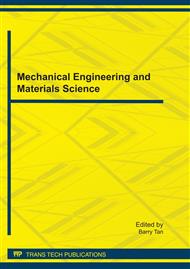p.95
p.101
p.105
p.111
p.116
p.121
p.127
p.132
p.141
Characterization of Ionic Currents in Peptidergic Neurons from Eyestalks of Chinese Mitten Crab Eriocheir sinensis
Abstract:
The Whole-cell patch clamp technique was used to study the properties of voltage dependent ion channel expressed by the cultured types A、B、C neurosecretory cells dissociated from medulla terminalis X-organ (MTXO) of Chinese mitten crab Eriocheir sinensis 24-48 hours after plating. Under voltage clamp conditions, significantly inward currents were recorded from all three kinds of neurons, followed by large outward currents. When outward currents were suppressed with use of 3mmol/L 4-aminopyridine (4-AP) and 30mmol/L tetraethylammonium (TEA), a tetrodotoxin-sensitive Na+ current (INa) and a slow (time to peak current 6~8mS at +10mV), Cd2+-sensitive Ca2+ current (ICa) were resolved. INa was activated at potential-40mV and was maximal at-10mV. In TTX, ICa was activated at potential-30mV, was maximal at 10~20mV. In the presence of 1mol/L TTX and 0.5mmol/L Cd2+, a 4-AP-sensitive transient current and a slower-rising, TEA-sensitive current were recorded from a holding potential of-50mV. On the basis of electric feature and pharmacology, transient current was identified as IA, and late, slower-rising current as IK. IA and IK showed the same activation threshold of-30mV. In conclusion, no differences were observed on the properties and kinetics of ionic current among the three kinds of neurons. By comparison with those described in crab Cardisoma carnifex and crayfish Procambarus clarkia, there existed diversity of excitability in X-organ peptidergic neurons from different crustaceans.
Info:
Periodical:
Pages:
116-120
Citation:
Online since:
October 2011
Authors:
Price:
Сopyright:
© 2012 Trans Tech Publications Ltd. All Rights Reserved
Share:
Citation:


